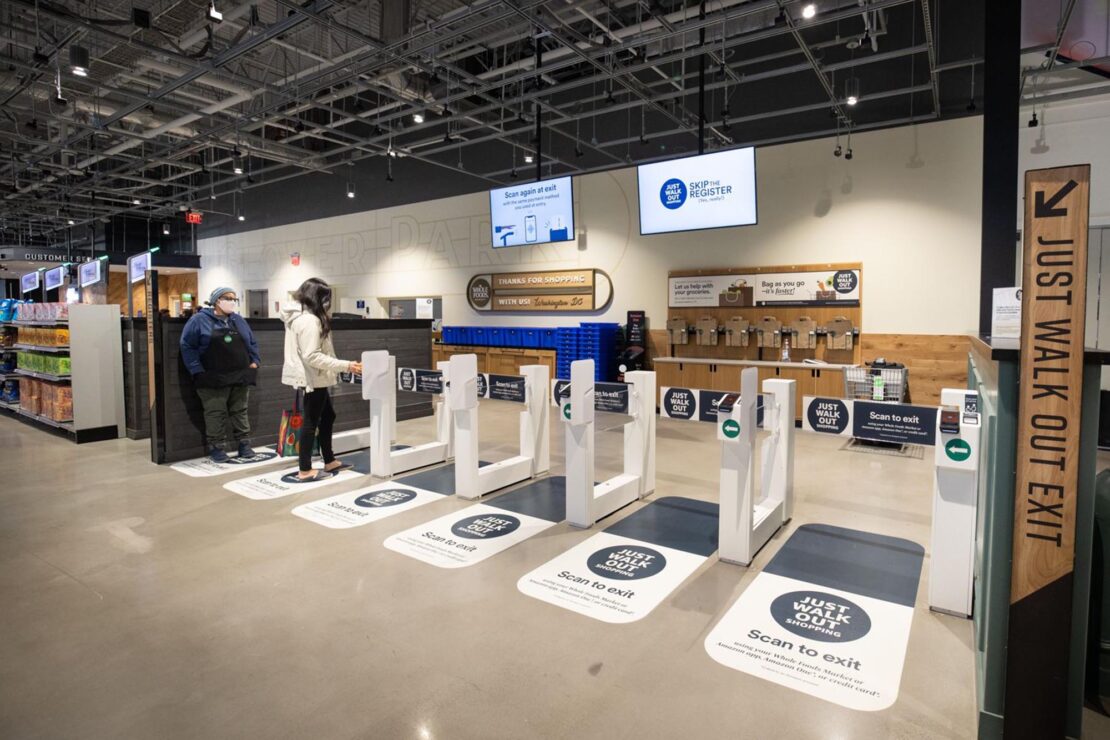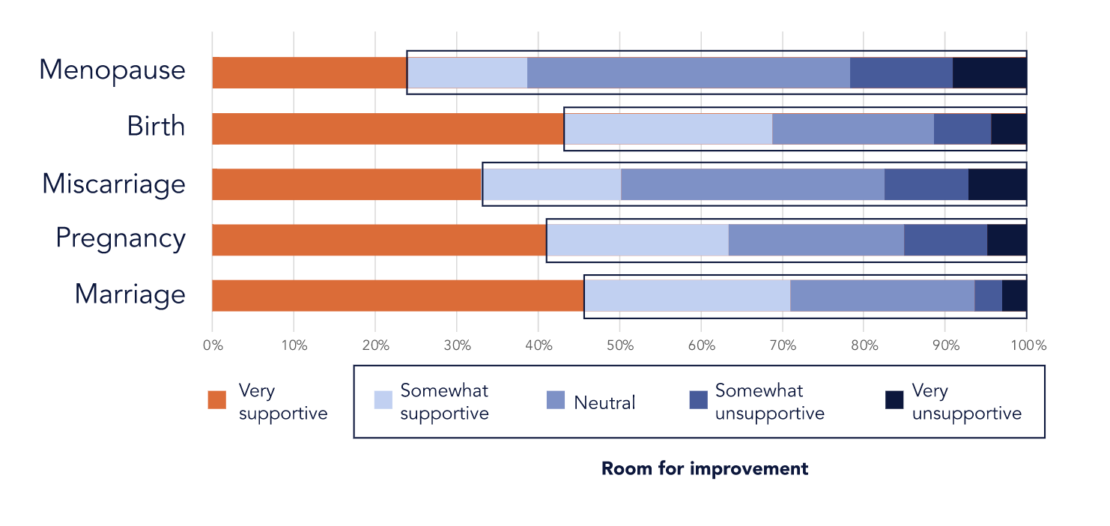
For some time, I’ve been looking for one “source” that curates modern takes on HR Tech, perspectives from the people who build it, and its impact on enterprise — something that’s tailor-made by professionals for decision-makers.
I never found it — so I decided to build it.
Every week, I’ll be sharing fresh insights on tech platforms, design, data, and the future of work — straight to your inbox.
My Thoughts
I do my best to keep this newsletter focused on the world of work and the things we as HR and digital transformation leaders need to understand in order to better our organizations. However, the escalation of the Russian-Ukraine conflict over the past week has become unavoidable in our social media feeds, and especially for stakeholders of companies shutting down Russian operations or managing employees currently in the war zone. Directly or indirectly, we are all being affected by the tragedy unfolding in Ukraine. This is one of those moments where I am simply urging you all to be kind to your teams and to yourselves. 🇺🇦
Market Moves
The call for getting workers back into the office has been reinvigorated over the past week. 📣 In his State of the Union address 🇺🇸 on Tuesday, President Joe Biden urged Americans to end remote work and “fill our great downtowns again.” Tech tycoons including Apple 🍎 and Google have also announced their most recent return to office plans, with both companies requiring at least one day a week in the office for nearly all employees. Employees are as reluctant to return to the office as ever, taking to social media 📱 to debate everything from concerns about safety to the simple fact that some people just prefer working from their bed. 🛏️
Whatever fate the world of modern work holds, there are fresh startups eager to capture new corners of the growing hybrid work market. 🙇 📈 Here are some young pandemic-era SaaS companies coming out of recent funding rounds:
Daybase: The self-described “first ever national hybrid work platform,” has raised $10 million in seed 🌱 funding, followed in short order by the official opening of its first two coworking locations in New York and New Jersey. In addition to the comfy couches, meeting rooms, and excuse to get out of your house 🏠 🖥️, Daybase has options that give enterprises access to insights and engagement metrics to help them understand employee KPIs and ROI 💸 for office space.
Calven: 🌡️ The hybrid work management platform raised $6.8 million in seed funding for its mission to enhance workplace culture in a hybrid environment. The all-in-one platform provides total visibility into management needs like scheduling and office security. 💂♀️ But Calven’s core focus is offering features that keep distributed employees feeling connected and valued by their organizations. 🤝 These features include recognition opportunities and a skills and interests database.
Connecteam: The workforce management platform for “deskless employees” has raised a total of $120 million following their series C funding round last week. 💰 The young company jumped on the need for modern technology to serve frontline employees 👷, help entrepreneurs manage their teams, and recently launched their enterprise solution, which provides people ops support for management.
Tech Innovation at Work
Amazon 🚙 has officially opened up their first cashierless Whole Foods in Washington DC. Instead of checkout stands or even self-service stations, this Whole Foods is equipped with the company’s proprietary Just Walk Out technology. This tech, as you can guess, allows customers the freedom to come and go like karma chameleons 🦎 by scanning and tracking items in a customer’s cart 🛒 and debiting their account when they leave the store. The store also offers “palm payment,” which uses palm recognition technology connected to your Amazon account to make payments with the wave of a hand. 👋🏾 Though the mega corp purchased the grocery chain 🥬 back in 2017 (which feels more like ten years ago than barely five), this is the first time the radical new technology will be used outside of its Amazon branded storefronts, Amazon Go and Amazon Fresh. Their hesitation to implement this technology does not extend to other organizations’ brands, though. Amazon has always offered their Just Walk Out 🚶🏿 💨 technology through licensable Software as a Service (SaaS) options — no surprise considering SaaS companies have impressively high profit margins. 📈 In late 2021, UK grocery chain Sainsbury’s became the first third-party retailer to pilot a Just Walk Out integration, with airport staple Hudson 🛫 following closely behind.

For a lot of leaders and IT teams, it can feel like their employees are just mastering how to identify and avoid phishing emails. 🎣 Look out, though — there’s a new scam on the block, and it’s a lot closer to home. 😰 Microsoft Teams has become the next hunting ground for cyberattacks. 👾 Last month, one company narrowly avoided a major phishing attack in which employees were sent a meeting link supposedly from their CEO. Once in the meeting, the attackers attempted to trick employees into sending company information using footage from an old TV interview of the CEO and a message that they were having a problem with their audio 🎤 (which, at this point, isn’t hard to believe). The attack was avoided thanks to the company’s strong cybersecurity measures, even after one employee clicked on a malicious link. 🤭 However, with over 270 million users and growing, Microsoft Teams and similar platforms present ample opportunities for bad actors. 👿 👹 According to Gallagher, “As more businesses move toward the cloud and software-as-a-service [SaaS] models, legitimate hosted services – like Microsoft Teams and Slack – will be an attractive avenue for attackers.”
It’s vital that cybersecurity strategies and response management are built, understood, and implemented by all organizational leaders — not just IT teams. 👩💻 In response to the increase in phishing attacks on their platform, Microsoft has released updated cybersecurity reminders you can easily download and distribute to your team. Plus, here are some tips for avoiding Teams hacks from PCMag and HRDive’s advice for managing cybersecurity threats, especially those related to the Russian-Ukraine conflict, from a People Op’s perspective.
The Changing Workplace

This week, we have the next piece in our series of our long-form content offering a deeper dive into current issues facing the world of work.
Still struggling with meeting your talent needs? As the Great Resignation rages on (a phrase I feel I’ve been saying forever at this point 😵💫 ) a fresh strategy is entering the mainstream: talent marketing, also known as recruitment marketing. The concept itself is not new; companies market their open positions whenever they post on Indeed, LinkedIn, or even a newspaper. 📰 However, more comprehensive talent marketing strategies, and the role of a talent marketer, are gaining popularity as the fight for employees heats up. 🔥
Take a look at this job posting from Discover 💳 for a Director of Employer Brand Marketing and HR Communications for their Human Resources department. You’ll notice that the words “marketing” and “brand” and “messaging” are mentioned far more than “legal” or “policies” or even “onboarding.” 🤔 In fact, even though they’ll consider an applicant with a degree in HR, Discover would prefer applicants with a background in marketing, analytics, or communication. 💬
This is a radically different approach to HR than most people are used to, but it’s a natural response to the way recruiting and hiring has changed during the past few years. And it’s vital that employers who may be behind the curve get up to speed if they want to remain competitive as an employer. 🧑🏽💼
So, where do you go from here? Here are some tips to get you started:
The first step is ensuring your department has the right skills for this new path. You can do this by upskilling 👨🏻💼 ↗️ your current employees (possibly with the help of the marketing department), hiring new talent, or a combination of the two. If you choose to bring on new team members, here are some emerging roles in recruitment marketing to look for:
- Employee Brand Manager: employee brand managers define an employee brand, but they are also responsible for identifying target candidates and building messaging that appeals to each persona. 👥
- Social Media Coordinator: like it or not, employee recruitment is happening on social media. The amount of time an effective social strategy requires means it is difficult for an employee to balance this role with other responsibilities, making hiring a dedicated coordinator the best option. The social media coordinator works closely with the employee brand manager to cater and distribute carefully-crafted messages amongst your different social media channels. 👩💻 🤳
- Recruitment Marketing Manager: a recruitment marketing manager helps steer the department’s objectives by ensuring all efforts are aligned with the organization’s overarching hiring goals, as well as handling typical managerial logistics. 📝
Once your team is ready, it’s time to build a powerful, synergistic recruitment marketing strategy 💯 (don’t forget the KPIs), which should be evaluated closely over the next few months to help you iron out any bottlenecks and barriers. 🚷 True — a complete HR overhaul is easier said than done. But ensuring you have a robust and comprehensive roadmap is the key to maximizing your investments and winning the best candidates for your organization. 🏆
All About Data
It’s Women’s History Month! 🗓️ To celebrate this important and exciting month, this week’s All About Data is going to be about an important but less exciting topic: workplace gender disparity. 😬
People management software company Work Human’s March Human Workplace Index is all about the disparities women are still facing at work, and what role the pandemic may have played. Here are the (frustrating and hard-to-swallow) highlights:
Gender-specific micro aggressions are still a huge issue. 👩💼 👎 These are the most commonly reported behaviors experienced by respondents:
- 32% say they are frequently interrupted.
- 29% have been told that they’re “too emotional.”
- 29% endure mansplaining.
- 28% have had a man take credit for their idea.
- 25% have been told to change if they want to be taken seriously.
68% of men believe men and women are paid equally. ⚖️ However, fresh research is indicating that COVID has widened the pay gap. 😬 Prior to the pandemic, women were making 84 cents to every dollar their male counterparts make. That ratio has now dropped to 76 cents, and the number of women participating in the workforce is lower than it’s been in 33 years. 🔥 📉 🔥
This data is a bit grim, I know. But understanding where specifically your organization needs to improve its support for female employees is a great first place to start. Here is a breakdown of how supportive women ranked their workplaces during major life events:

Of course, the best way to find out what your employees need is to ask them directly. 🙆 Or you can ask indirectly through an anonymous pulse survey, which HR software company Springworks suggests to help women feel more comfortable providing honest feedback. No matter how you move forward, it’s vital that we use this women’s history month to support current working women and find ways to help those who were displaced by the pandemic return to their careers.
Editor’s Picks
- How healthcare companies can stay compliant with the new Cures Act
- An excellent read exploring why one agency hired a former SWAT member to be their SEO specialist
- 4 key HR trends to keep an eye on as we continue 2022.
- How incumbents survive in a marketplace of giants
- Veterans affairs taps former microsoft executive to modernize tech
Click here to subscribe to Exit Interview, a weekly email about tech platforms, design, data, and the future of work — straight to your inbox.

